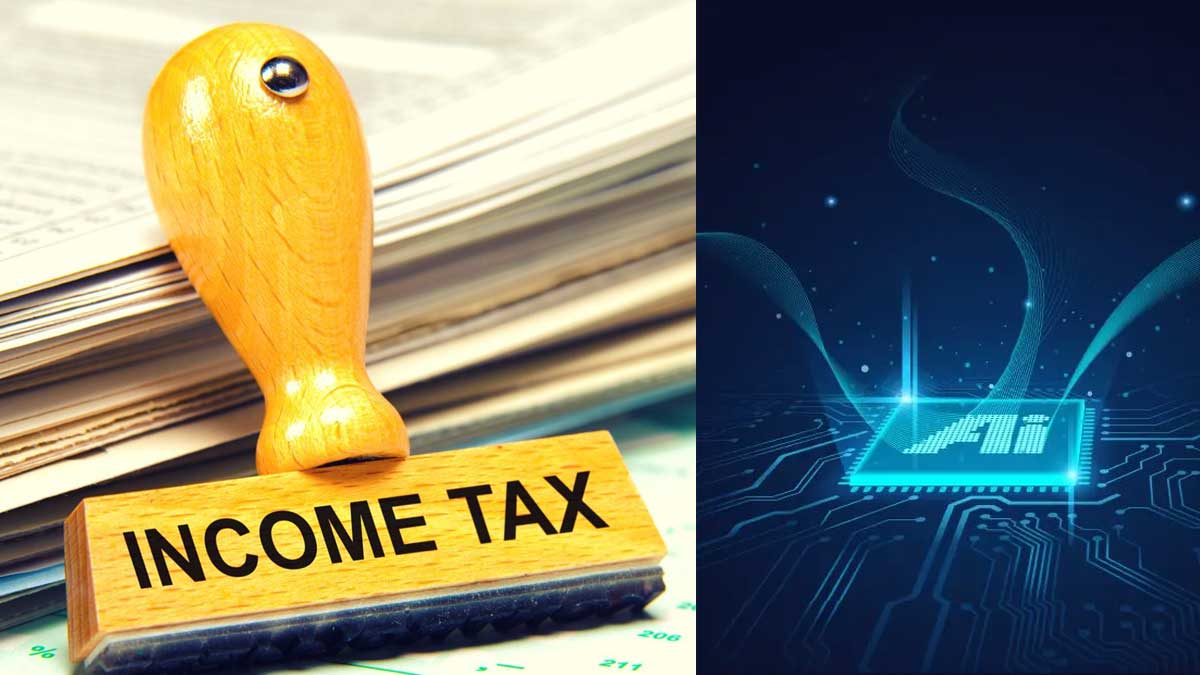Before the end of the year, the National Database and Registration Authority (NADRA) will use advanced technology to evaluate the income and tax liabilities of non-filers.
According to the details, NADRA will use artificial intelligence (AI), computational analysis, and statistical modelling to identify possible taxpayers.
Federal Board of Revenue (FBR) to provide 14 million records of financial transactions of citizens to the NADRA to compute indicative income and tax liability of non-filers by use of artificial intelligence. Property transactions, vehicle purchases, car registration with provincial excise departments, buying and selling of movable and immovable properties, utility bills, international trips, and other large expenditures are among them.
Read more: FBR beats five-month tax target by Rs 298 billion, an increase by 36.5%
After the analysis is completed, NADRA will share the information about non-filers with FBR, which will create profiles for them and post them on its website. They will receive an SMS instructing them to go to the FBR website to verify their information, pay any outstanding taxes, and file their returns.
According to reliable FBR officials, potential taxpayers will be provided extensive opportunity to pay taxes and file returns willingly at first. In the event of non-compliance, the FBR will pursue non-filers aggressively in court.
FBR will also set up specific call centres, with representatives tasked with contacting non-filers and encouraging them to file taxes and returns, as well as guiding them through the website.
FBR can block SIMs, disconnect utility connections of non-filers
Previously, the government has given FBR extensive authority to disconnect non-filers’ mobile phones/SIMs, electricity, gas connections and also tier-1 retailers who are either not registered or if registered, they are not integrated in terms of Section 3(9A) of the Sales Tax Act 1990 with the adoption of the presidential ordinance for broadening the tax base.





















